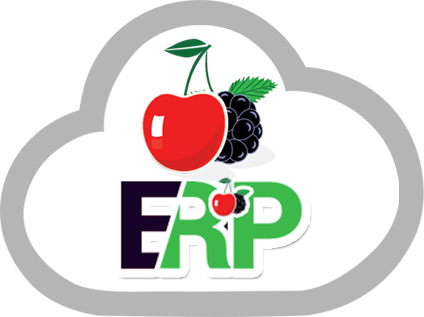
Taming the Inventory with ERP Inventory Module
In the last few years, companies constantly grapple with supply and demand fluctuations, seasonal shifts, and the delicate balance of having just the right amount of stock. Any error can lead to terrible results, too much and cash gets tied up in excess inventory, too little and customers get unsatisfied and take their business to any other company. Luckily, there is a tool that gives organisations the whip and chair needed to keep this inventory system under control: the Enterprise Resource Planning ERP inventory module and its robust management system.
The Inventory Nightmare without ERP Inventory Module:
Before the advent of integrated ERP systems, companies had to juggle inventory using separate software programs, spreadsheets, manual processes, and gut instinct. Trying to forecast demand, track stock levels across multiple warehouses, place orders with suppliers, manage logistics, and control costs was an overwhelming task made enormously complex by disconnected data silos. Errors were rampant, excessive expenses routine, and stockouts a frustrating fact of life. Inventory management was more of a reactive scramble than a streamlined, strategic process.
The ERP Inventory Solution:
ERP inventory module combines all the related data, processes, and functionality into one unified system. It tames the inventory management by providing real-time visibility, intelligent automation, and decision-making insight. The key capabilities include:
Barcode and RFID Tracking:
With integrated barcode and RFID technology, the inventory module precisely tracks every single item as it moves through the supply chain and warehouse. From receipt to put-away to picking and shipping, managers know exactly what products exist and where. No more inventory quickly vanished into a black hole.
Cycle Counting:
Continuous cycle counting allows companies to maintain data integrity by ensuring the system records match what is physically in stock. Rather than perform a stop-everything annual or semi-annual inventory, cycle counting verifies records at intervals and schedules. This real-time accuracy provides a true pulse on stock status.
Demand Forecasting:
Leveraging the data consolidated in the ERP system’s other modules like sales and customer relationship management, the inventory module forecasts future demand with sophisticated algorithms considering historical patterns, seasonality, promotions, and more. Companies gain the ability to proactively purchase the right products at the right times in the right quantities.
Reorder Calculations:
Based on usage rates, forecasted demand, safety stock policies, and economic order quantities, the software automatically calculates ideal reorder points and quantities. Managers configure rules to automatically generate purchase orders or approve for review, streamlining replenishment.
Cross-Docking:
For companies serving as product distribution centres, the ERP software optimizes cross-docking processes. Inbound items are immediately transferred to outbound orders without putting anything away in anticipation of rapid fulfillment.
Benefits of Mastering Inventory with ERP:
Implementing the ERP inventory module and adopting its processes provides several key benefits:
Lean Inventory Levels:
With forecasting and reorder automation working in concert with usage tracking, businesses maintain leanerstock levels aligned with demand. Carrying costs and cash tied up decrease. Warehouses become streamlined with only the right amount of working stock.
Elimination of Stockouts:
No longer flying blind, managers gain the visibility and control to proactively purchase and reorder based on real demand signals. Safety stock policies provide an appropriate buffer against the inevitable demand fluctuations. Customers get their orders fulfilled completely and on-time.
Warehouse Labor and Spaces Savings:
Optimizing and integrating warehouse operations significantly drives down costs. Less labor is required to move product due to cross-docking, efficient picking processes, and slotting optimization. Overall warehouse footprint and material handling equipment can be smaller.
Supply Chain Collaboration:
The centralised ERP platform with inventory visibility fosters collaboration between departments within the company and with external suppliers and logistics partners. Everyone operates from a single source of real-time data.
Conclusion:
With a robust ERP platform in place, featuring a comprehensive inventory management module, organisations gain the tools to effectively tame the inventory. Companies become lean and streamlined by taking advantage of real-time data visibility, forecasting automation, optimization of warehouse operations, and collaboration across internal departments and external partners with the help of an ERP inventory module. Inventory management evolves from a source of headaches and guesswork to a core driver of profitability and customer satisfaction. CherryBerry ERP is one of the famous companies that provide hundreds of services in Lahore. If you want to avail any of the services, contact us.
